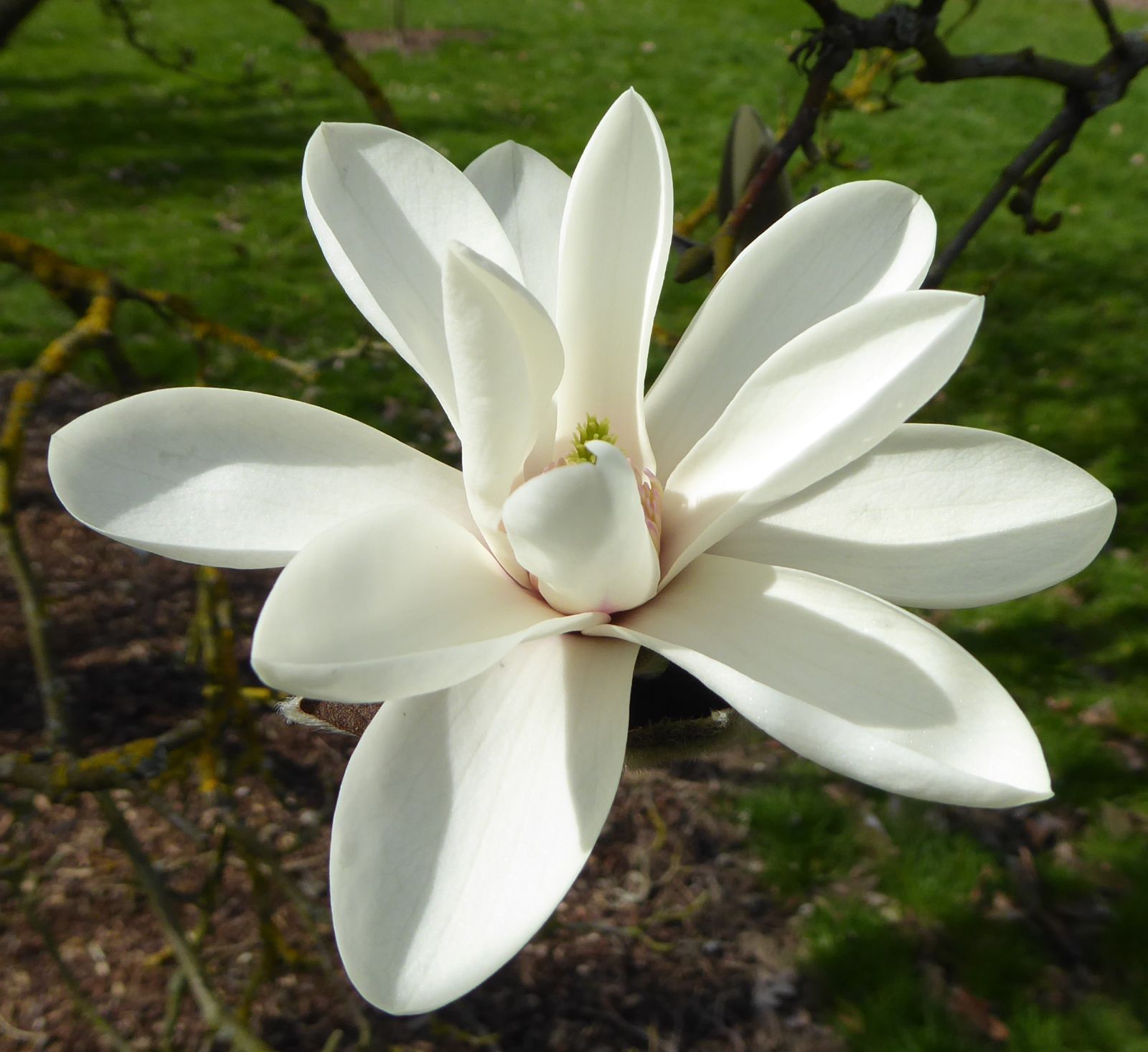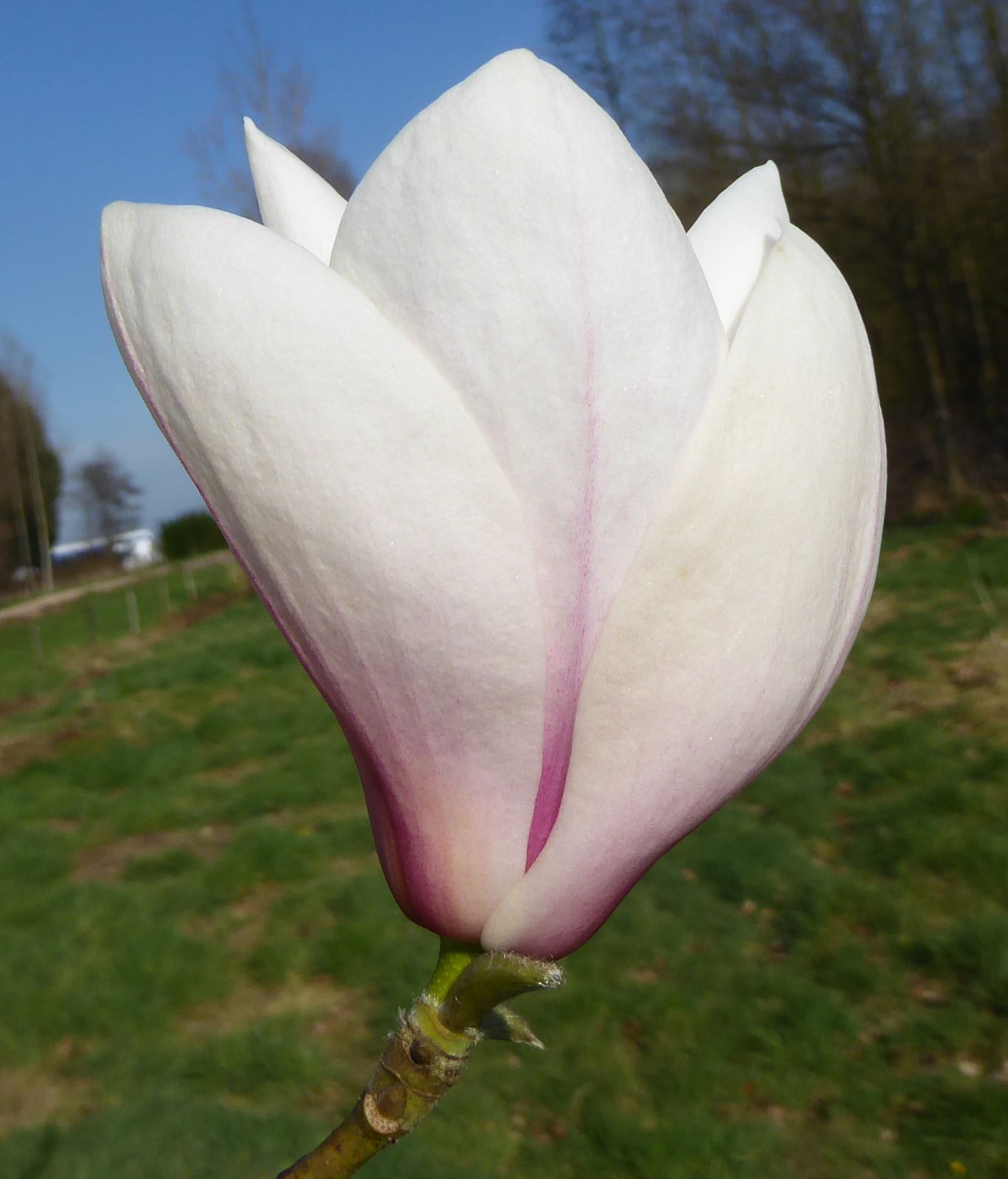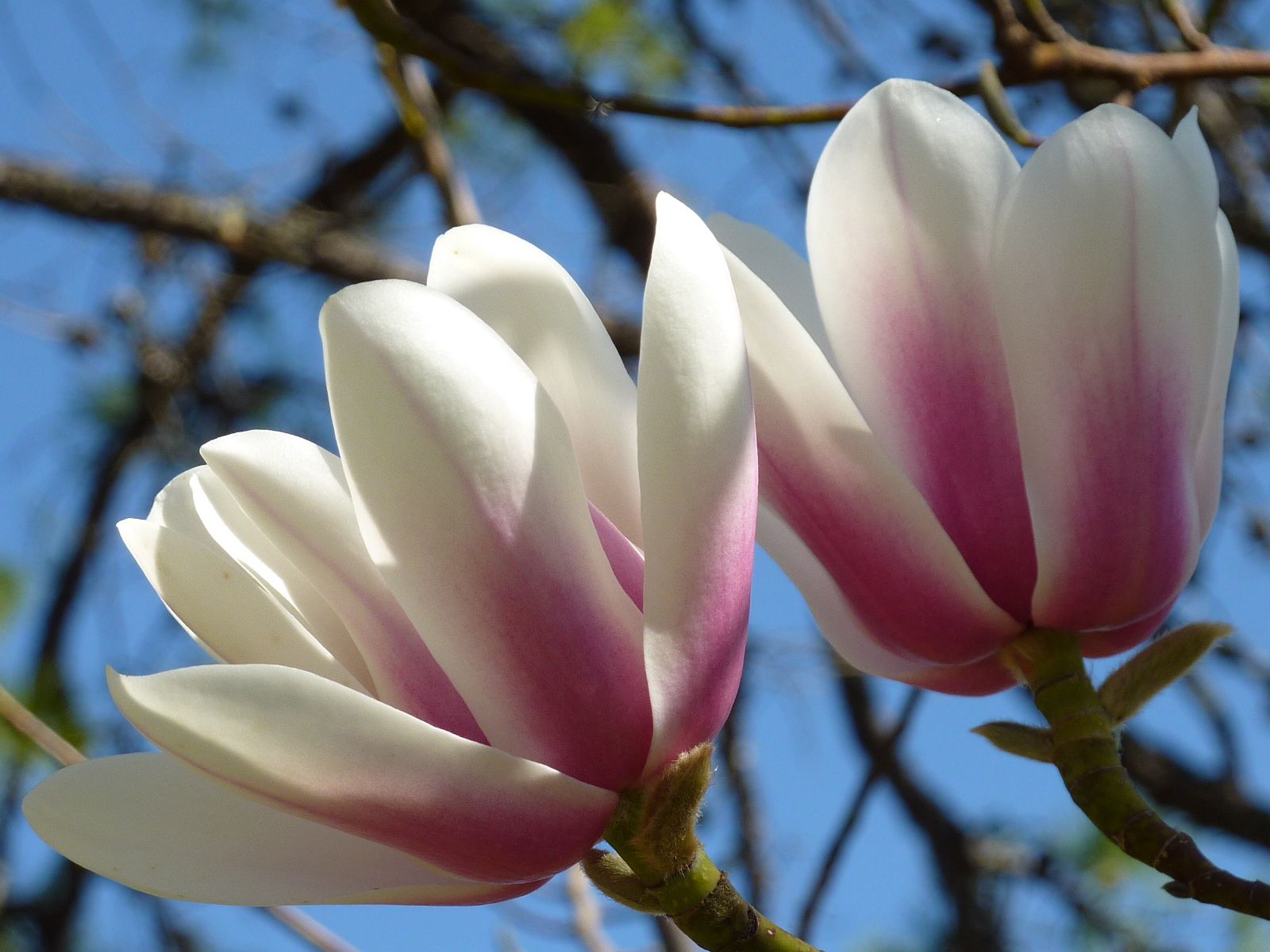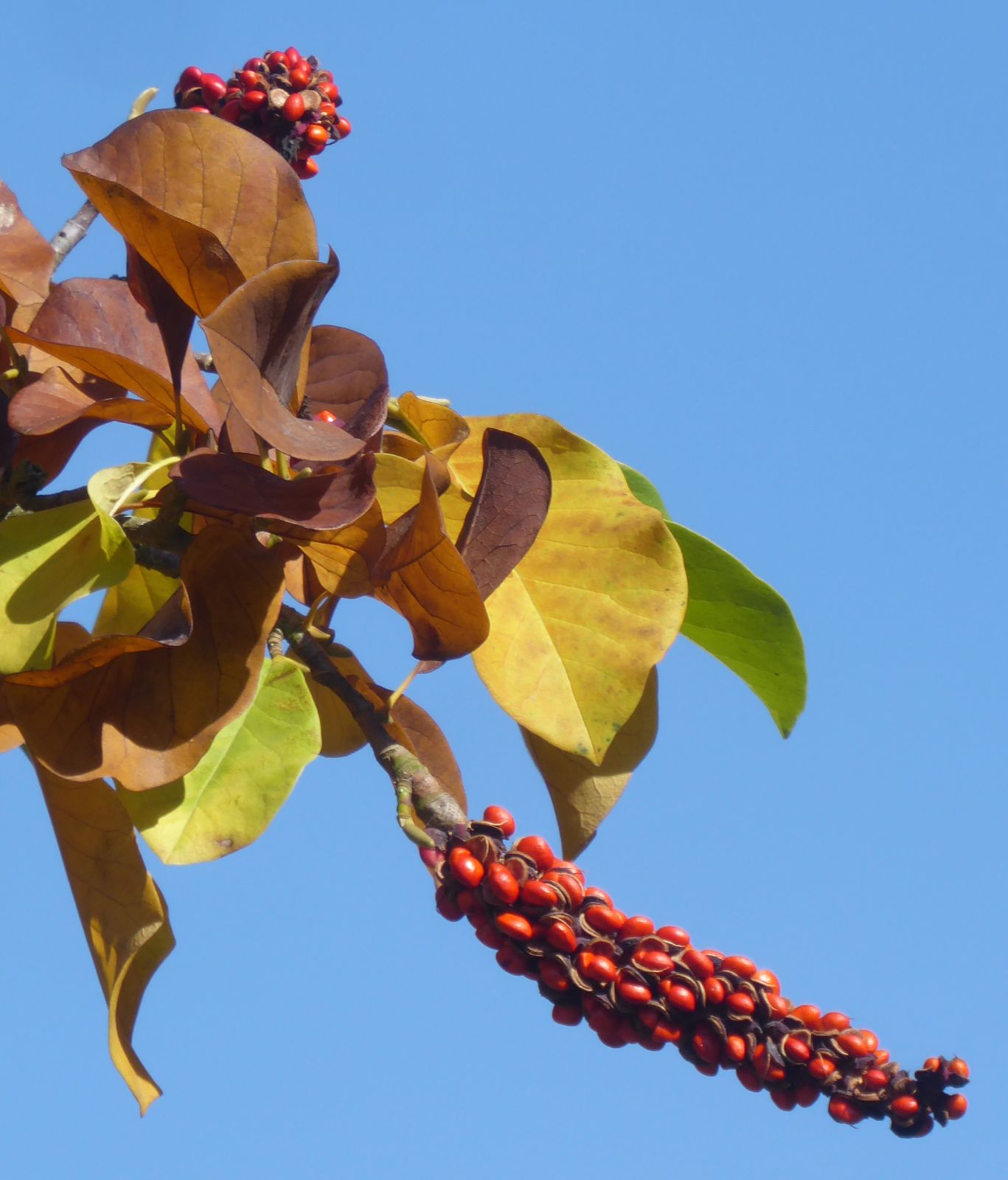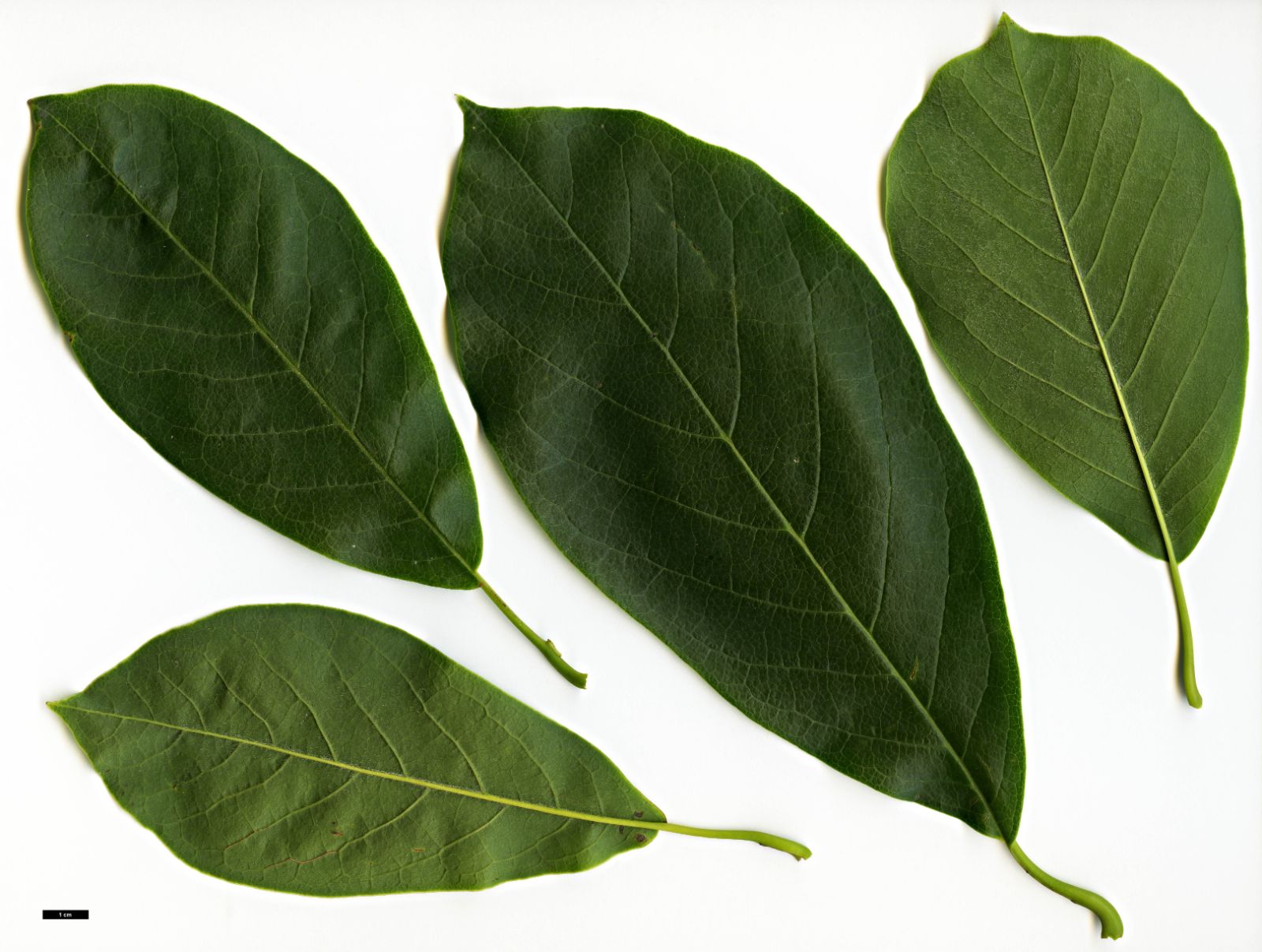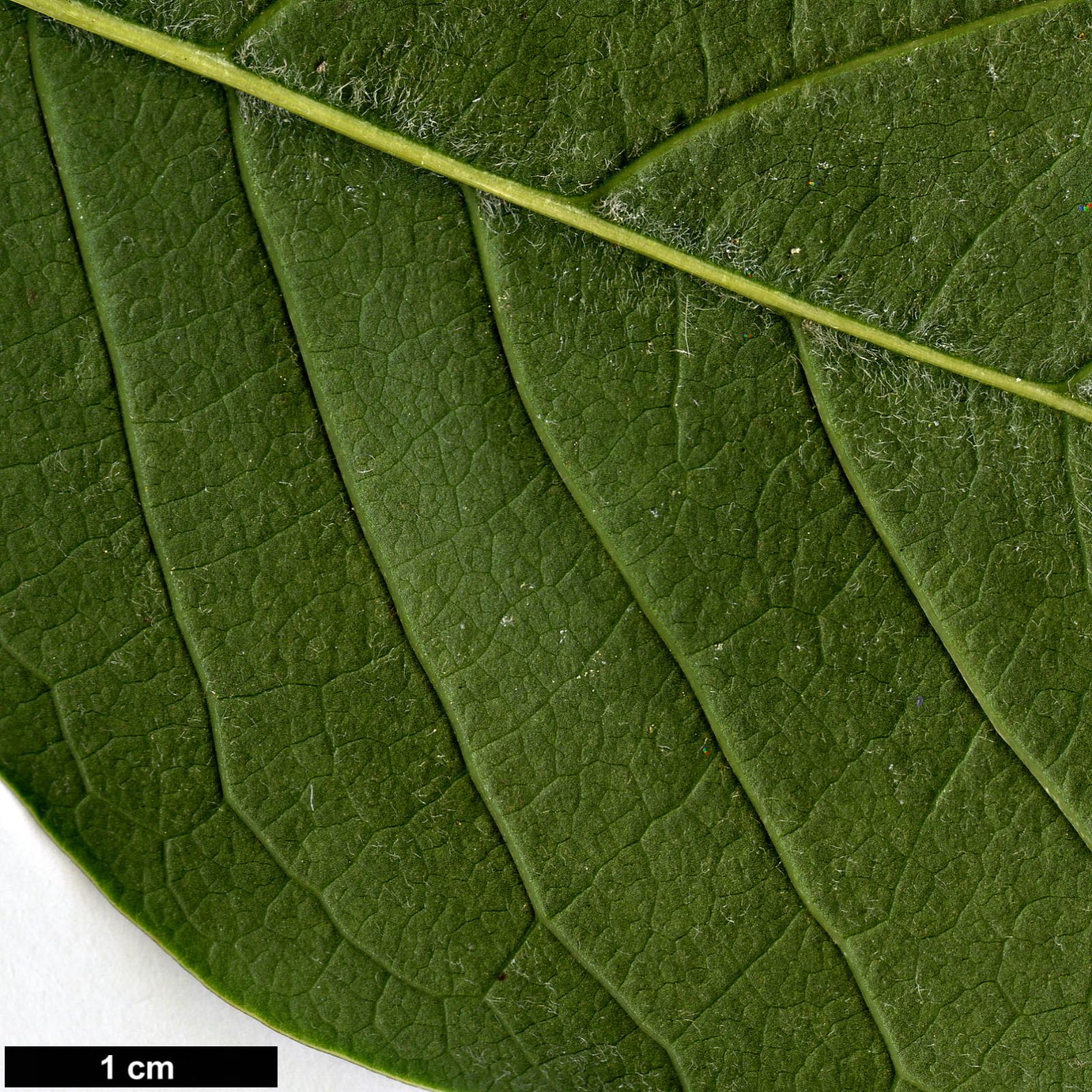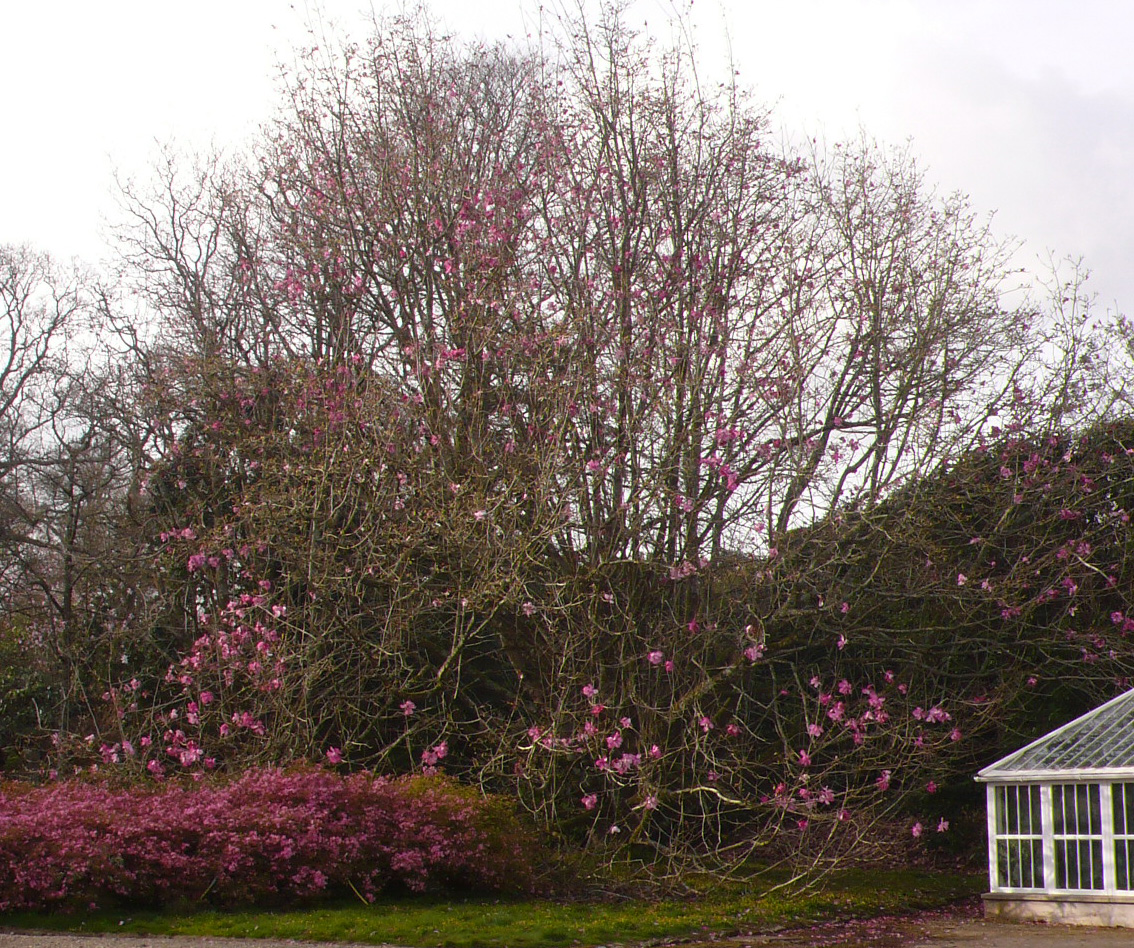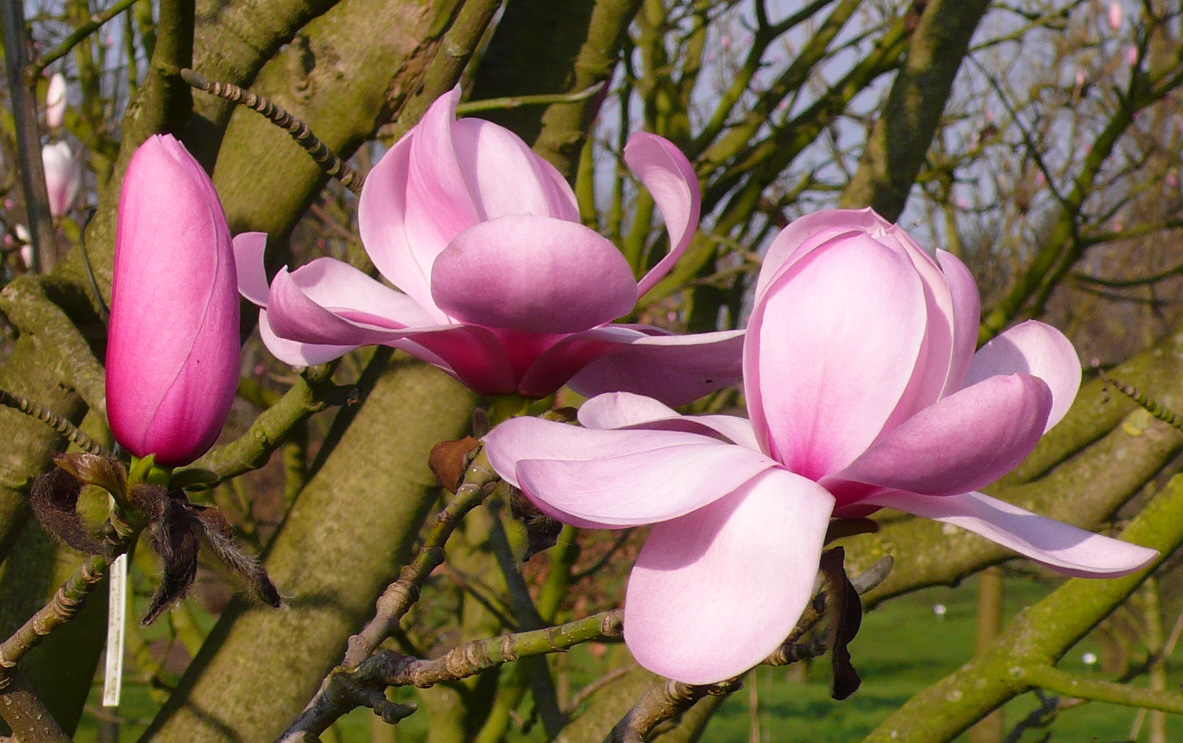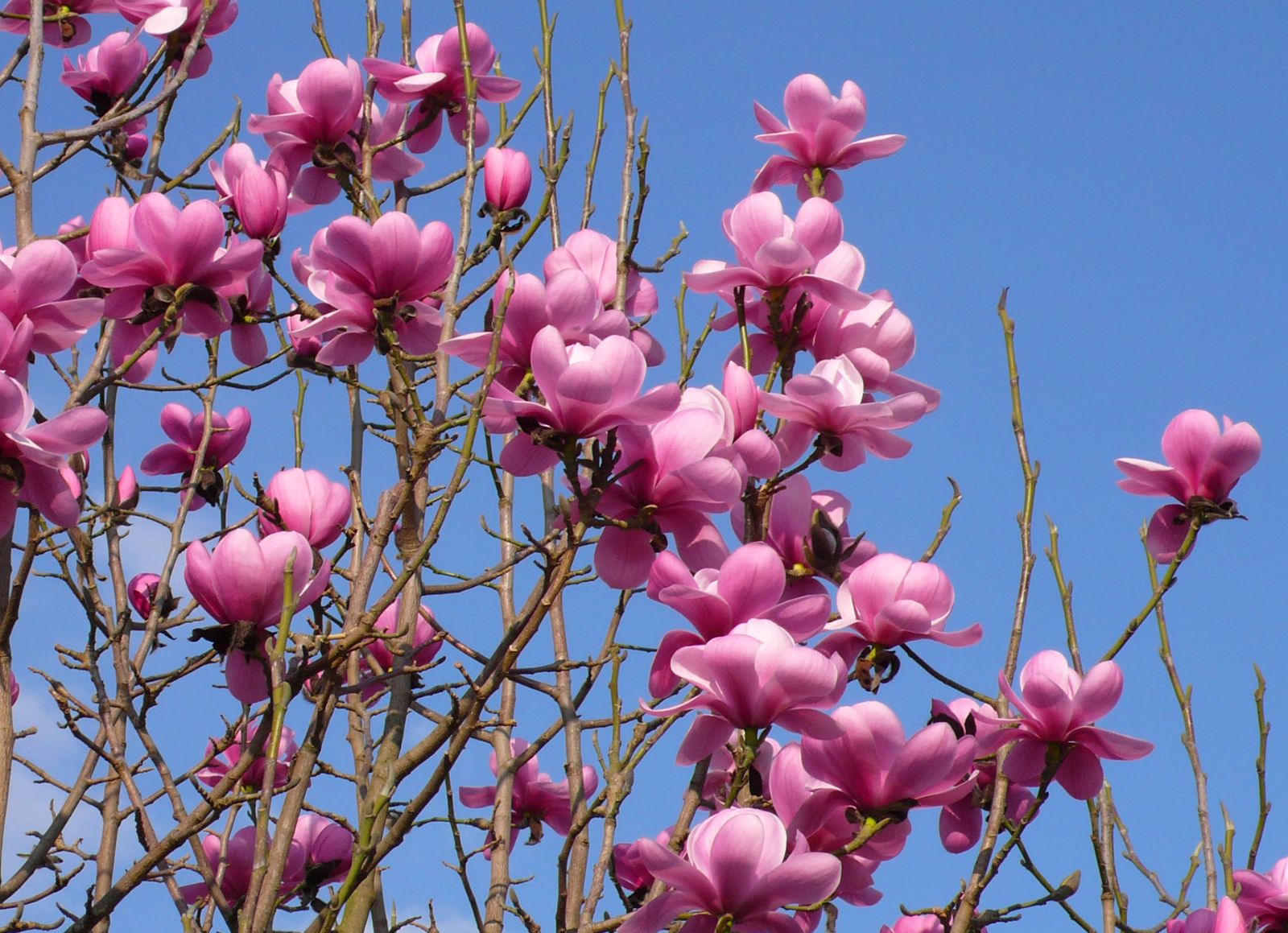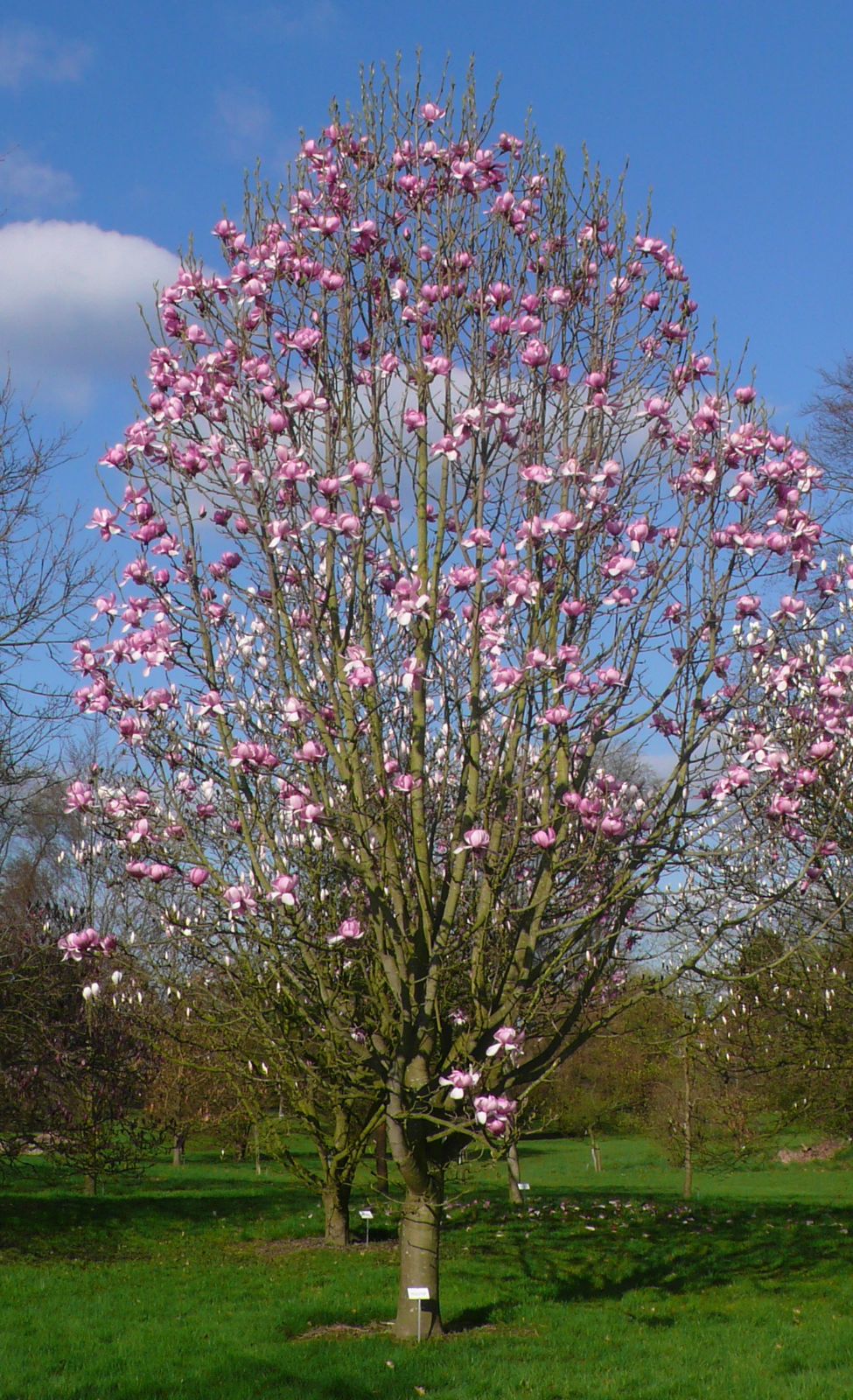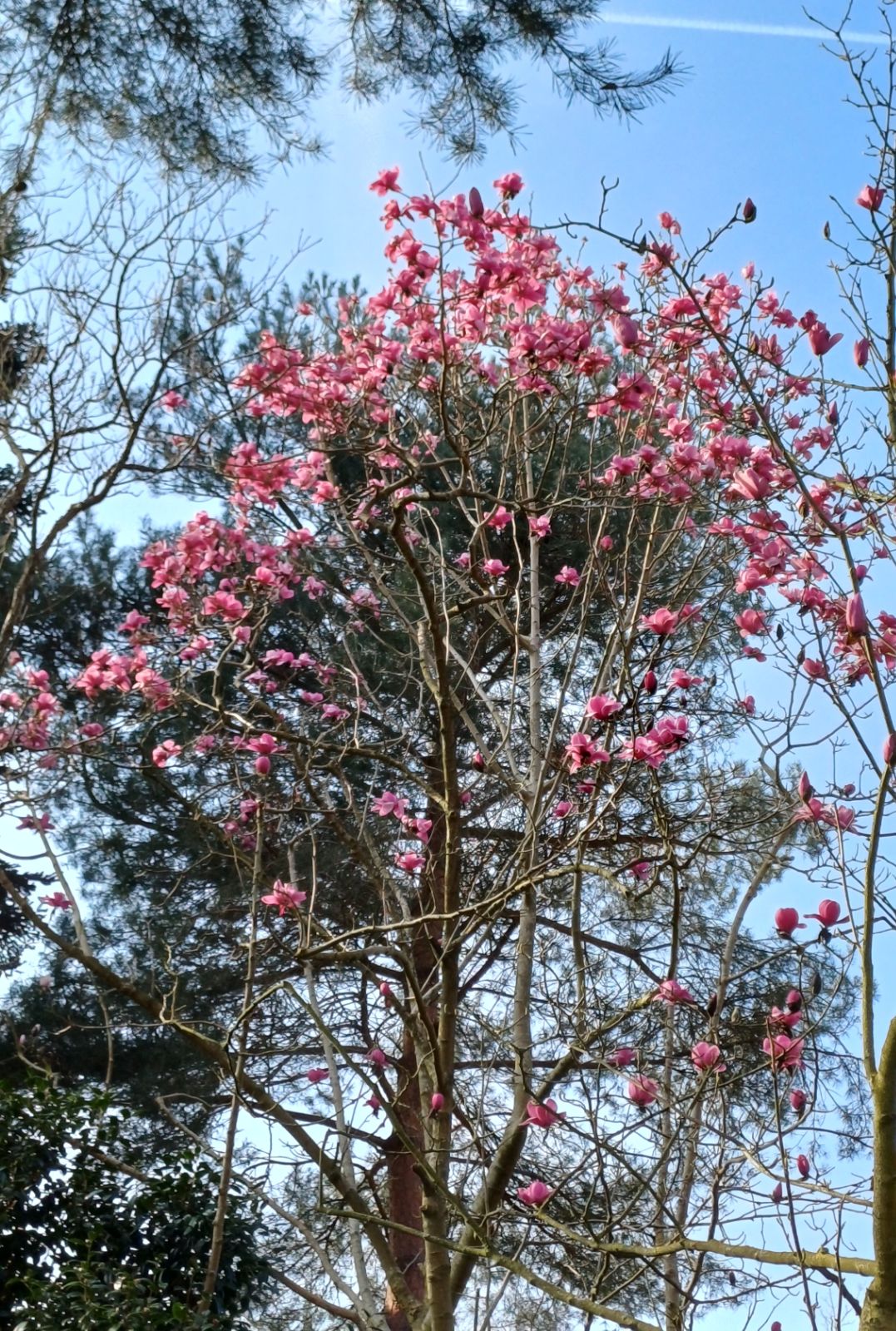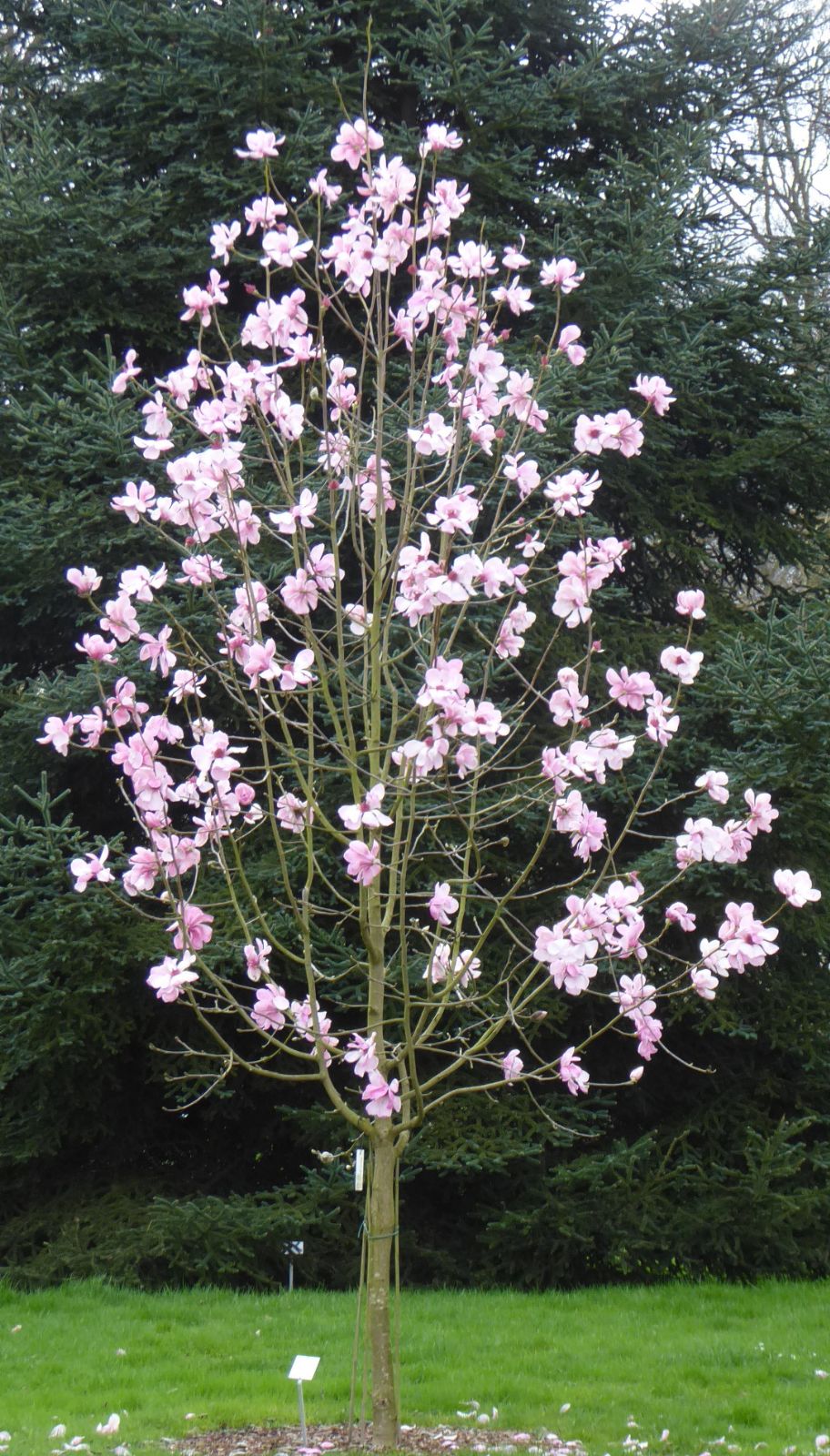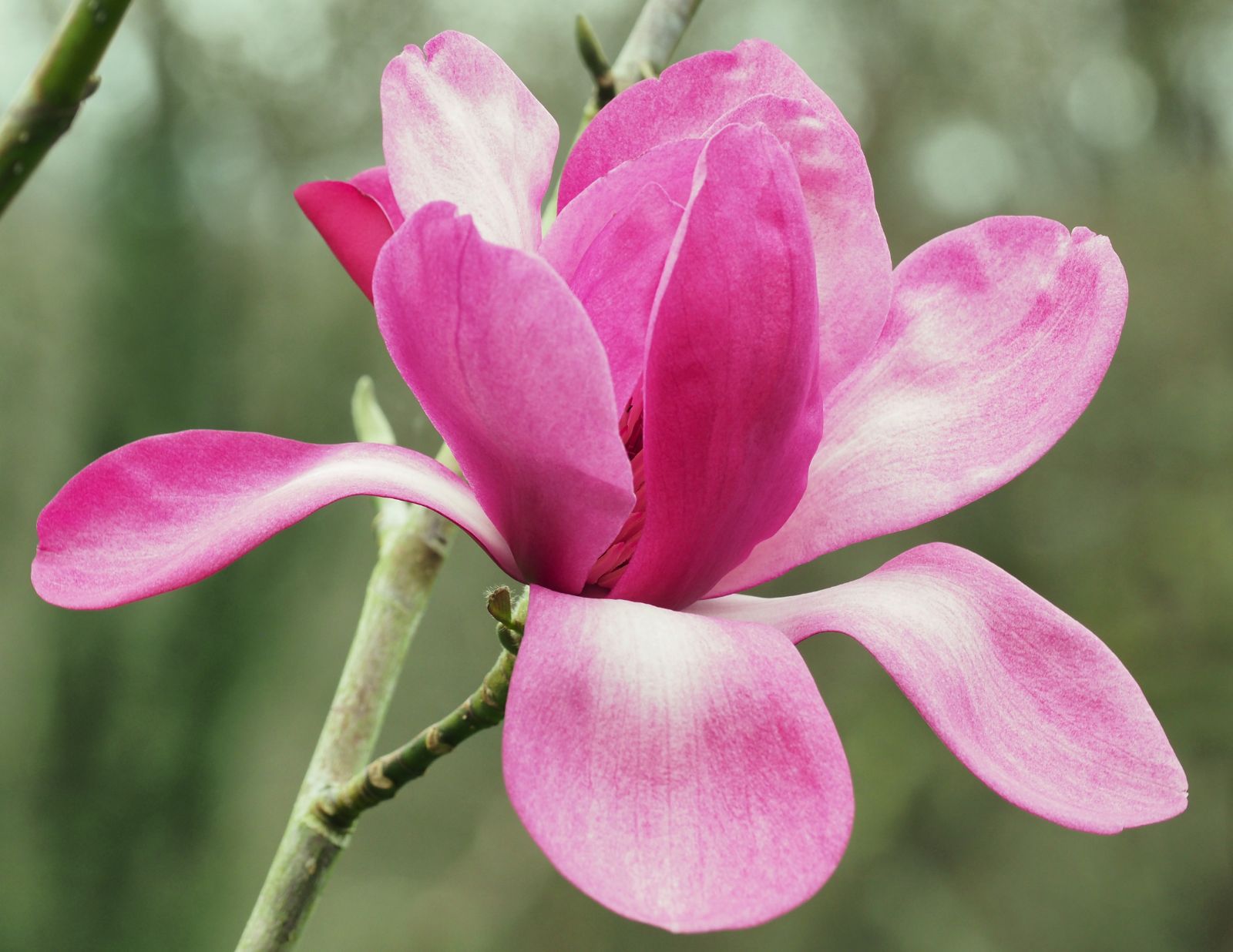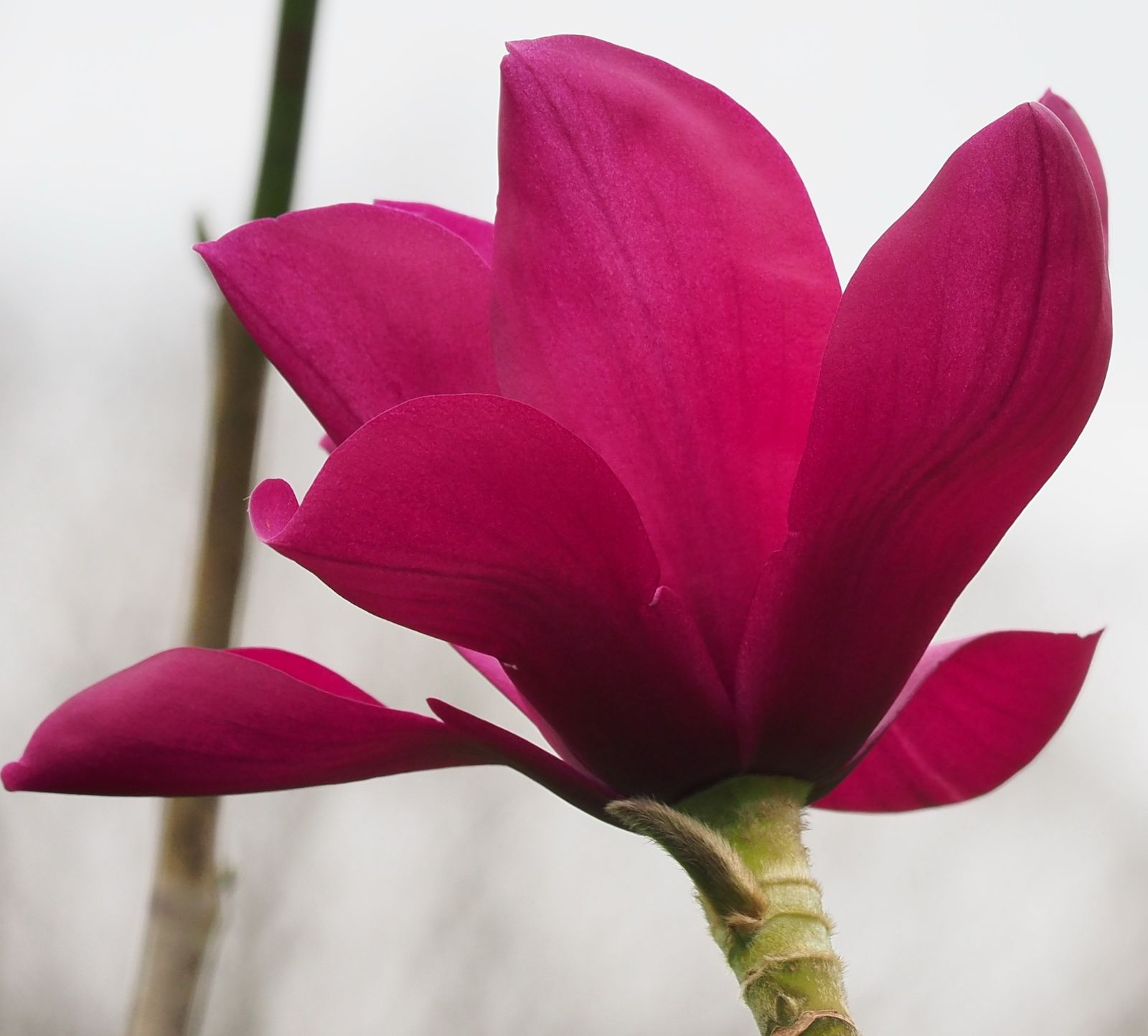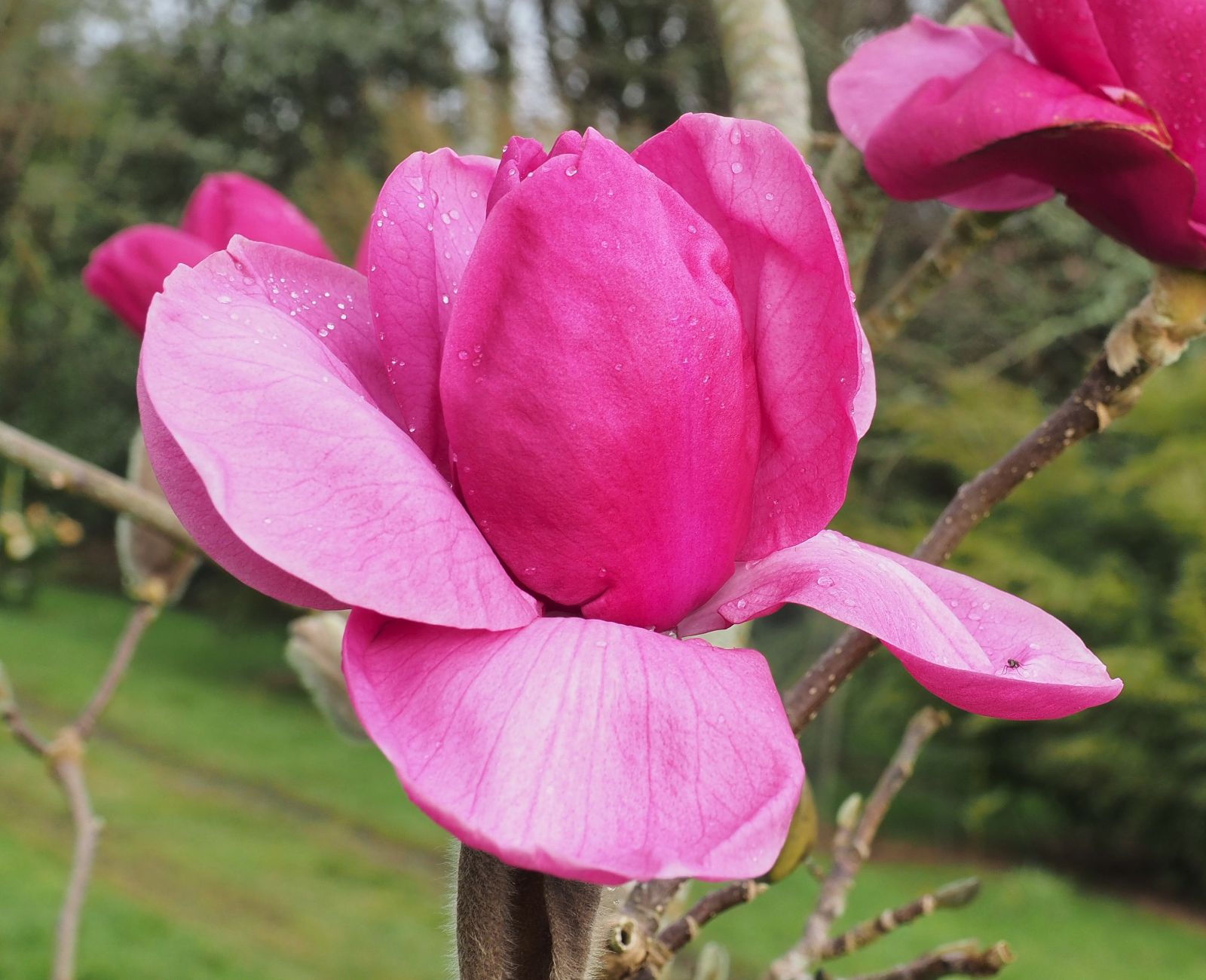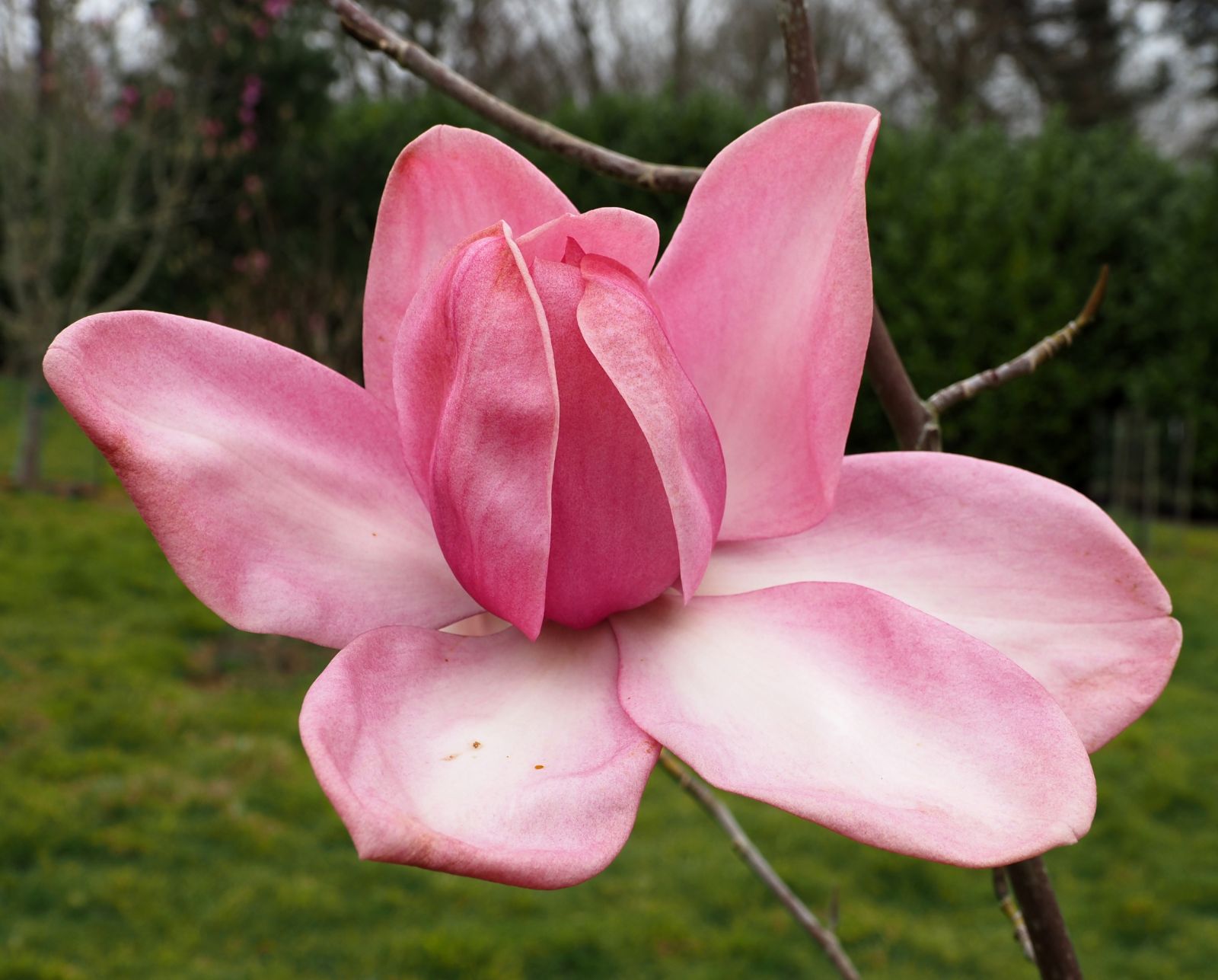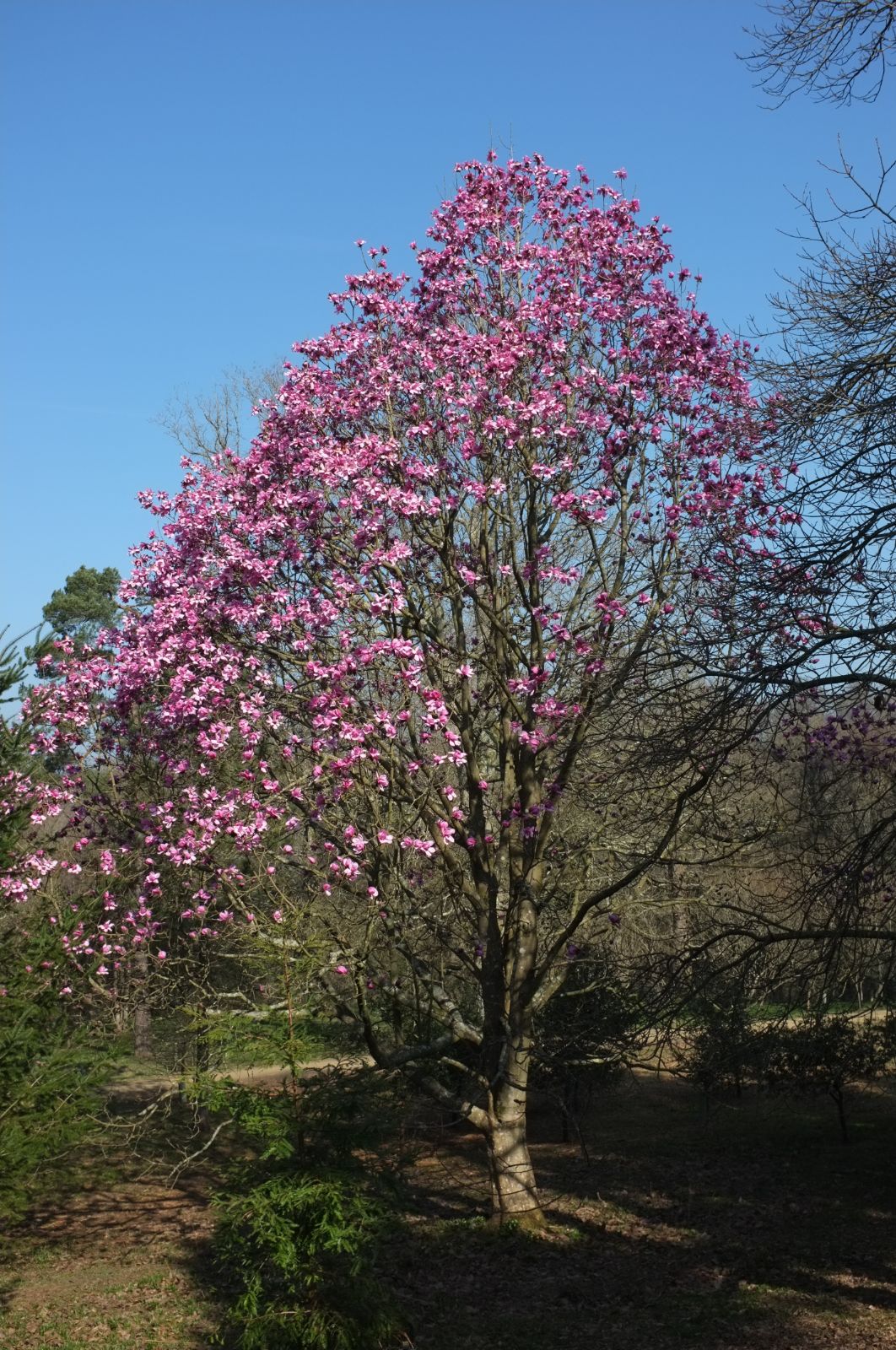Magnolia sprengeri
Sponsor
Kindly sponsored by
The Roy Overland Charitable Trust

Credits
Julian Sutton (2022)
Recommended citation
Sutton, J. (2022), 'Magnolia sprengeri' from the website Trees and Shrubs Online (treesandshrubsonline.
Genus
- Magnolia
- Section Yulania
Common Names
- Sprenger's Magnolia
- wu dang yu lan
Synonyms
- Yulania sprengeri (Pamp.) D.L. Fu
- Magnolia sprengeri var. elongata (Rehd. & E.H. Wils.) Johnstone
- Magnolia denudata var. purpurascens Rehd. & E.H. Wils.
- Magnolia wufengensis L.Y. Ma & L.R. Wang
Infraspecifics
Other taxa in genus
- Magnolia acuminata
- Magnolia × alba
- Magnolia amabilis
- Magnolia amoena
- Magnolia aromatica
- Magnolia biondii
- Magnolia × brooklynensis
- Magnolia campbellii
- Magnolia cathcartii
- Magnolia cavaleriei
- Magnolia caveana
- Magnolia champaca
- Magnolia changhungtana
- Magnolia chapensis
- Magnolia compressa
- Magnolia conifera
- Magnolia Cultivars A
- Magnolia Cultivars B
- Magnolia Cultivars C
- Magnolia Cultivars D
- Magnolia Cultivars E
- Magnolia Cultivars F
- Magnolia Cultivars G
- Magnolia Cultivars H–I
- Magnolia Cultivars J
- Magnolia Cultivars K
- Magnolia Cultivars L
- Magnolia Cultivars M
- Magnolia Cultivars N–O
- Magnolia Cultivars P
- Magnolia Cultivars Q–R
- Magnolia Cultivars S
- Magnolia Cultivars T
- Magnolia Cultivars U–V
- Magnolia Cultivars W–Z
- Magnolia cylindrica
- Magnolia dandyi
- Magnolia dawsoniana
- Magnolia de Vos and Kosar hybrids
- Magnolia decidua
- Magnolia delavayi
- Magnolia denudata
- Magnolia doltsopa
- Magnolia duclouxii
- Magnolia ernestii
- Magnolia figo
- Magnolia floribunda
- Magnolia × foggii
- Magnolia fordiana
- Magnolia foveolata
- Magnolia fraseri
- Magnolia fulva
- Magnolia globosa
- Magnolia × gotoburgensis
- Magnolia grandiflora
- Magnolia grandis
- Magnolia Gresham hybrids
- Magnolia guangdongensis
- Magnolia hookeri
- Magnolia insignis
- Magnolia Jury hybrids
- Magnolia × kewensis
- Magnolia kobus
- Magnolia kwangtungensis
- Magnolia laevifolia
- Magnolia lanuginosa
- Magnolia leveilleana
- Magnolia liliiflora
- Magnolia × loebneri
- Magnolia lotungensis
- Magnolia macclurei
- Magnolia macrophylla
- Magnolia martini
- Magnolia maudiae
- Magnolia nitida
- Magnolia obovata
- Magnolia officinalis
- Magnolia opipara
- Magnolia × proctoriana
- Magnolia × pruhoniciana
- Magnolia rostrata
- Magnolia salicifolia
- Magnolia sapaensis
- Magnolia sargentiana
- Magnolia sieboldii
- Magnolia sinensis
- Magnolia sinica
- Magnolia sinostellata
- Magnolia × soulangeana
- Magnolia stellata
- Magnolia tamaulipana
- Magnolia × thomsoniana
- Magnolia tripetala
- Magnolia × veitchii
- Magnolia virginiana
- Magnolia × wieseneri
- Magnolia wilsonii
- Magnolia xinganensis
- Magnolia yunnanensis
- Magnolia yuyuanensis
- Magnolia zenii
Deciduous tree to 21 m. Bark pale greyish- or blackish-brown, falling in small flakes when old. Branchlets pale yellowish brown becoming grey, glabrous. Leaf blade lanceolate to obovate, 10–18 × 4.5–10 cm; lower surface with finely appressed hairs at first; upper surface with sparse appressed hairs along major veins; base cuneate, apex acute to abruptly shortly acuminate. Petiole 1–3 cm with small stipular scar. Flower buds erect, with fine, silky yellowish hairs. Flowers appearing before leaves, cupular, fragrant. Tepals (6–)12(–16), rather fleshy, white with no more than a faint pink or purple midline on the outer surface (pink in var. diva), 5–13 × 2.5–3.5 cm, subequal. Stamens 1–1.5 cm; filaments purplish red, broad and flat; connective exserted and forming a mucro; anthers ~5 mm, slightly distinct. Gynoecium pale green, cylindric, 2–3 cm; styles rosy red. Fruit cylindric, 6–18 cm; mature carpels brown, flat and orbicular. Flowering March-April (China, UK), fruiting August-September (China). Hexaploid 2n=114. (Xia, Liu & Nooteboom 2008; Kang & Ejder 2011; Ejder 2013).
Distribution China Chongqing, Gansu, Guizhou, Henan, Hubei, Hunan, Jiangxi, Shaanxi, Sichuan, Yunnan (var. sprengeri mostly north of the Yangtze within this area)
Habitat Forests, thickets; 1300–2400 m.
USDA Hardiness Zone 6-8
RHS Hardiness Rating H6
Conservation status Least concern (LC)
Taxonomic note Study of the considerable variation in M. sprengeri has been hampered both by a lack of good field studies until the 21st century, and by the inadequacy of the type specimen (Spongberg 1976; Kang & Ejder 2011; Ejder 2013). Pampanini’s type (Silvestri 4104, from Wudang Shan, NW Hubei) has no leaves, and flowers whose colour cannot be discerned. Based on very limited material it was usual, at least in cultivation, to distinguish var. elongata (Rehd. & E.H. Wils.) Johnstone, with white flowers and lanceolate or narrowly obovate leaves; and var. diva Stapf, with pink flowers and broadly obovate leaves (Bean 1981). This uncomfortable situation left the type variety (var. sprengeri) undefined and apparently undefinable, given the nature of the type specimen. Spongberg (1976) ‘provisionally and arbitrarily’ designated the pink flowered form as the type (unfortunately this proved to be a wrong guess, much confusing the literature). Workers focussing on wild plants have been less inclined to uphold these varieties (Chen & Nooteboom 1993; Xia, Liu & Nooteboom 2008). Extensive field studies (Kang & Ejder 2011; Yang et al. 2015) revealed complex variation patterns. Notably, flower colour varied widely from white tepals with only a purple stain at the base of the outer surface, to tepals intensely pink across both surfaces. White flowers were the norm north of the Yangtze, pink to the south, but this was far from absolute. While broader leaves tended to be more common in the south, there was no close correlation between leaf shape and flower colour. Kang & Ejder (2011) were able to infer that the type specimen was taken from a white flowered tree, since pink forms are unknown in a wide area around Wudang Shan. Hence, they suggest that plants with white tepals (no more colour than a faint pink or purple midline on the outer tepal surface; tepal texture rather fleshy) belong to var. sprengeri. Plants with more pink than this (and tepals fleshy or papery) belong to var. diva. Leaf shape is not diagnostic. This is, we emphasize, the opposite of Spongberg’s provisional treatment. The name var. elongata becomes redundant. We follow this treatment here.
This well known plant is one of the decisively tree-forming species of Section Yulania, making a small to medium tree whose big flowers on naked twigs early in spring can make a spectacular show, frosts permitting. A convoluted taxonomic history (see note above) has helped nobody’s understanding, but for the gardener there are simply white flowered and (more commonly) pink ones (now respectively known as var. sprengeri and var. diva). M. sprengeri and M. campbellii are distinguished from M. dawsoniana and M. sargentiana by their upright rather than horizontal or drooping flowers. M. sprengeri differs from the even larger M. campbellii in its more or less obovate (as opposed to more or less ovate) leaves, and in its tepals usually lacking a claw. The recently described M. wufengensis, said to differ in its 9 red-pink tepals, long petioles and persistent pubescence on the midvein beneath (Ma et al. 2006) is recognized in the Chinese research literature but is usually included within M. sprengeri by Western authors (e.g. Royal Botanic Gardens, Kew 2021).
M. sprengeri was described in 1915 from a poor herbarium specimen (see Taxonomic Note above); Pampanini’s specific epithet honours the German nurseryman Carl Sprenger, who could have had no direct connection with the tree. The species became known in cultivation through Ernest Wilson’s 1901 seed introduction from Hubei (Wilson for Veitch 688), an earlier collection from the same expedition failing to germinate. At first unidentified, then confused with M. denudata (Treseder 1978), three unflowered seedling trees passed from Veitch’s Coombe Wood Nursery on its closure in 1913 to Kew, Bodnant (N Wales) and Caerhays Castle (Cornwall). The Kew and Bodnant trees eventually proved to have white flowers (with a purple-pink streak outside in the Bodnant tree), while the Caerhays individual flowered pink and became the type clone of both var. diva and cultivar ‘Diva’: Otto Stapf of Kew equated them with M. sprengeri, the difficulties with varietal names beginning at that point. Wilson later came to believe that he had mixed two collections (Howard 1980). Pink-flowered var. diva is now far more common in gardens than white-flowered var. sprengeri, although the history of name changes means they are not always labelled in this way.
While the name var. sprengeri refers to any white-flowered clone, most in gardens are derived from the original Wilson introduction. In addition to the colour difference, the Wilson stock has shorter, narrower tepals than the original var. diva introduction (Treseder 1978). Philippe de Spoelberch (pers. comm. 2022) highlights the need to conserve this stock as named clonal cultivar(s) just as has been done with var. diva ‘Diva’ (see below), since its distinctiveness is likely to be lost in future seedling generations and among future introductions of more diverse wild material. No name has yet been proposed, however.
The species is hardy enough to grow well in the British Isles, France and the Low Countries, with specimens recorded as far north as Gothenburg, Sweden, and east at least to Bonn, Germany (Gothenburg Botanical Garden 2021; Bonn University Botanic Garden 2021). It thrives in a moisture-retentive acidic soil, in sunny but sheltered sites. Large specimens are spread widely around Britain, away from the coldest central areas. Most are of var. diva, which is arguably the more attractive variety, and certainly the most often planted: examples include trees at Borde Hill, W Sussex (23 m × 203 cm, 2015) and Trewithen, Cornwall (19 m × 324 cm, 2014). Good specimens of var. sprengeri can be seen at Nymans, W Sussex (14 m × 102 cm, 2016) and Caerhays Castle, Cornwall (13 m × 131 cm, 2016 – The Tree Register 2021).
In North America it suits milder areas, especially with influence from the ocean or the Great Lakes. It probably performs best on the Pacific Coast, from San Francisco (where it grows in the Strybing Arboretum), north to Vancouver, BC.
Var. diva has been an important parent of garden hybrids, var. sprengeri less so, although it has been used at Arboretum Wespelaar, Belgium to produce hybrids including ‘Joli Pompon’ (q.v.).
'Burncoose'
(Var. diva). A seedling from ‘Diva’, similar in habit but with rose/red-purple flowers to 17.5 cm across. Raised before 2000 by Arnold Dance at Burncoose Gardens, Cornwall. Highly rated by Philippe de Spoelberch, Belgium (pers. comm. 2021).
'Claret Cup'
(Var. diva). Saucer shaped, scented flowers to 20 cm across, rosy purple with the inner surfaces paler and fading to white as the flower opens. 12(–14) tepals arranged in 3 whorls of 4 (to 6 in the inner whorl). A seedling exhibited in 1963 by Lord Aberconway from a plant growing at Bodnant. Again, highly rated by Philippe de Spoelberch, Belgium (pers. comm. 2021).
'Copeland Court'
(Var. diva). Broadly spreading; flowers deep, clear pink, shaded crimson, paler within, to 20 cm across with 12–14 tepals. A most beautiful flower in every way. A seedling of ‘Diva’, it was given to Bishop Hunkin of Truro by George Johnson of Trewithen, Cornwall and planted in the grounds at Lis Escop, Truro. The grounds were sold to the Copeland family, who donated it to Truro Cathedral School as a hall of residence and renamed it Copeland Court. A third M. sprengeri cultivar highly rated in Belgium by Philippe de Spoelberch (pers. comm. 2021).
'Diva'
(Var. diva). Medium tree; flowers saucer shaped, slightly fragrant, to 20 cm across; tepals 12, deep rosy pink to purple-pink outside, pale pink streaked darker inside, tending to curl upwards and inwards at the tips. Rather hardier than some, perhaps to zone 5b. This is the pink-flowered tree from the original Wilson introduction received by Caerhays mentioned above, vegetatively propagated. The original plant took 19 years to flower from seed, but grafted plants can be expected to flower in under 10 years. In Western North America ‘Diva’ fruits readily, producing 30 cm cones. The seed germinates readily and seedlings are often used as rootstocks. An important parent of hybrids.
'Eric Savill'
(Var. diva). Flowers deep wine red outside, inside rich pink fading with age, 17.5–20 cm across; tepals 12, the outer ones tending to flop. The original plant was a seedling of var. diva from Caerhays, taking 17 years to flower in the Savill Garden, Windsor. Named after the creator of the garden by John Bond in 1982.
'Marwood Spring'
(Var. diva). Deep red-purple flowers, creamy-white flushed purple inside, to 15 cm across, tepals 12. The original was a seedling given to Dr James Smart of Marwood Hill Gardens, Devon, by Michael Hickson who raised it from a tree growing in Norman Hadden’s Porlock (Somerset) garden.
var. diva (Stapf) Johnstone
Synonyms
Magnolia sprengeri var. sprengeri sensu Spongberg
Tepals pink, at least across most of one surface, fleshy or papery (Kang & Ejder 2011; Ejder 2013).
Distribution
- China – mainly south of the Yangtze in the above area
The most common form in cultivation, discussed in the main text. All pink-flowered examples, including named cultivars, belong here.
'Wakehurst'
(Var. diva). Richly coloured, goblet shaped flowers, purple outside, pink inside, to 17.5 cm across; tepals 10–12. A sister seedling of ‘Claret Cup’, exhibited in 1948 by Sir Harry Price of Wakehurst Place, Sussex.


